When it comes to lop-eared Rabbits, even the most adamant and stern individuals must bend a little. They’re so cute that they nearly don’t seem genuine. Their incredible “cuteness” resembles that of a plush animal made to seem excessively angelic and charming. These little animals, on the other hand, are unmistakably genuine and are likely to steal your heart right away. So, if you’re the kind that gets a kick out of watching kitten and puppy videos on the internet, get ready for a pleasant and entertaining read. Prepare to discover all there is to know about these enchanting little animals, the lop-eared rabbit!
What Are Lop Eared Rabbits?
A lop-eared rabbit is precisely as it sounds. It’s a rabbit with loping ears rather than the upright ears we’re used to seeing. Although every rabbit’s ear may lop down at any time, the ears of the Lop-eared rabbit are constantly in that downward posture. Domestic rabbits are available in 305 distinct breeds. Lop-eared rabbits are really very uncommon, accounting for just approximately 15% of all breeds officially recognised as such by the American Rabbit Breeders Association (ARBA) or the British Rabbit Council (BRC).
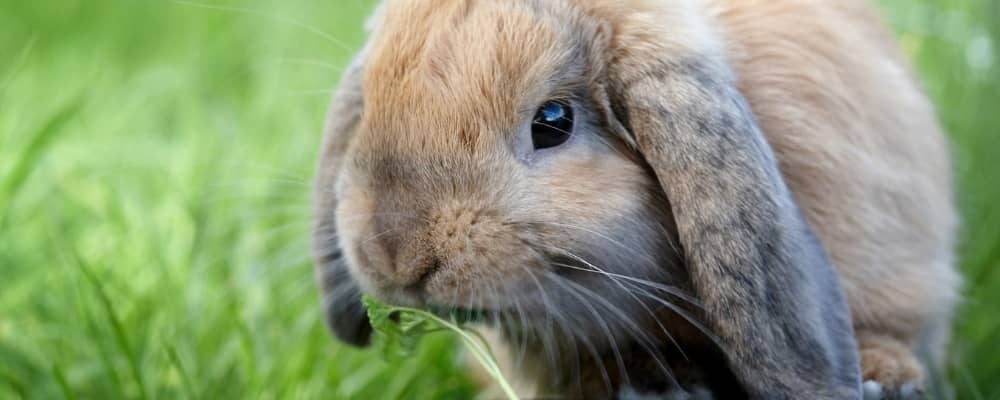
Why Do They Have Lop Ears?
It’s all a matter of genetics! Because their ears are larger and longer than their erect-eared cousins, the floppy ears have a charming appearance in this down posture. A defective gene is responsible for lop-eared breeds’ drooping ears, according to genetic research. This genetic marker causes a rabbit’s ear to grow to nearly twice its normal size.
Is There a Negative Aspect to Having Lop Ears?
Having lop-ears is associated with a number of health issues. Because of the size of their skulls and the shape of their ears, these adorable animals are prone to health problems. Their beautiful floppy ears are precisely what causes their underlying health problems.
They have issues with their ears and teeth as a result of the hereditary characteristic that causes them to have drooping ears. Any owner of a lop-eared pet must pay special care to their rabbit’s ears. The enormous size of the ear, along with the downward folding posture and the sensitive structure of the ear canal, results in frequent injuries and infections. This may be significantly reduced with proper treatment. It’s critical to have a regular cleaning regimen for the ears, both inside and out.
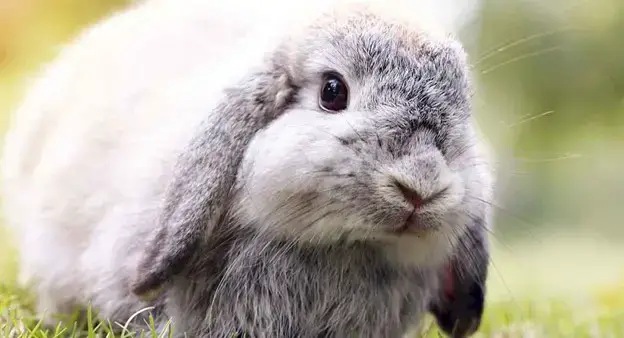
Types of Lop Ears
Half Lop Ears
This kind of lop ear-lopping implies that one ear is upright while the other ear is lopped down, as the name suggests. The ear may be partly or completely drooping, depending on the degree of drooping.
Oar Lop Ears
The ears of an oar lop barely droop halfway down. The oar lop ears will be just above the rabbit’s shoulders, like the oars jutting out on a boat.
Horn Lop Ears
The rabbit’s ears may not lop to the side in rare circumstances. Instead, the ears may drop forward. In the same way, as oar ears are horizontal to the ground, horn lop ears are. Horn lop ears, on the other hand, are positioned above the rabbit’s snout rather than at shoulder level. This may give the ears a horn-like appearance.
Lop Eared Rabbit Breeds
Around the globe, there are 19 different breeds of lop-eared rabbits. Only 5 of them are officially recognised by ARBA, while the BRC recognises 9 distinct breeds. The 9 most frequently recognised lop breeds are listed below. It’s worth noting that new lop-eared rabbit breeds are continuously being developed.
1. Miniature Lop-Eared
The little lop-eared rabbit is not only beautiful because of its drooping ears, but it is also one of the tiniest breeds in the rabbit world. This rabbit has silky short hair and is extremely sweet-natured. They are loving and affectionate, which makes them an excellent pet. This is a low-maintenance breed.

2. American Fuzzy Lop Eared Rabbit
This lop-eared rabbit breed originates in the United States, as its name suggests. The fur of the American Fuzzy is long and velvety, although not as soft as that of their Angora relatives. The fur is nice, but it doesn’t have the silky Angora softness. The fur seems fluffy, frizzy and frayed in general. This rabbit has a lot of energy, yet he’ll still come to a halt for love. This rabbit requires more care than the tiny lop ear rabbit. Grooming the lengthy hair will take some work.
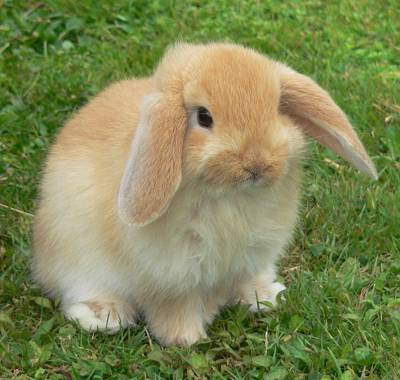
3. French Lop Eared Rabbits
This flop-eared breed is different from the other two since he isn’t as little as the others. This breed may grow to enormous dimensions, weighing up to 13 pounds. They may be more difficult to handle and manage due to their enormous size. This breed has been known to accidentally scratch or kick a non-furry human companion. If the size is reasonable, this breed has a very loving personality and enjoys being petted. These bunnies have nice fur coats as well.

4. English lop Eared rabbits
This is another lop-eared rabbit breed that is classified as a big lop-eared rabbit, reaching an adult weight of up to 11 pounds. As with the others, this rabbit has silky short hair and a very loveable friendly disposition.

5. Lion Head Lop Eared
Because of its resemblance to a lion’s mane, this lop-eared rabbit was given its name. The Lion Head rabbit is usually smaller than other rabbits. As they get older, they may begin to lose their lion’s mane look. Although they do not always outgrow the mane, it is worth noting as a possibility. This little bunny is extremely active and lively.

6. Holland Lop Eared Rabbit
This rabbit is smaller in height and has a more compact body. This breed is renowned for its ability to stand tall. The fur is short and available in a wide range of colours and patterns. The wide, deep shoulders of this breed distinguish it. While all rabbits are swift, the Holland Lop is known for being especially quick and nimble. This lop-eared rabbit breed is very popular.

7. German Lop Eared Rabbit
The German Lop-eared rabbit has a reputation for being a strong, durable breed with a stocky, muscular build. The fur on this breed may vary from short to medium and is extremely soft. They are available in a variety of hues, colours, and patterns. Their tiny bunny crown is one of their most distinguishing features. Fur develops between the ears, like a crown. This breed is medium-sized and may weigh up to six pounds as an adult.
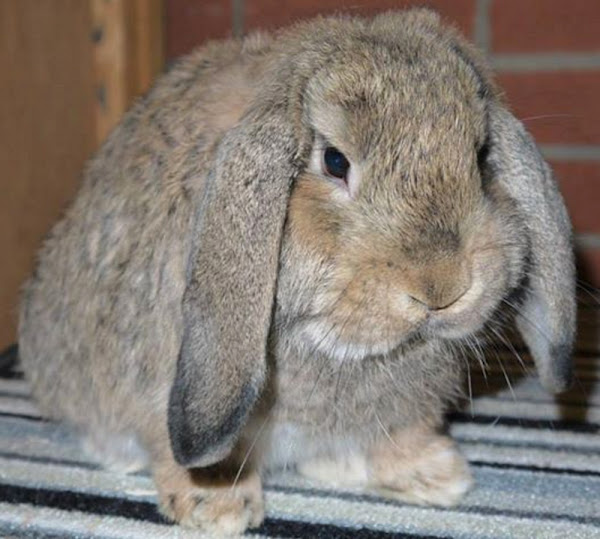
8.Cashmere Lop Eared Rabbit
This Cashmere lop got its name from its very silky and lustrous fur. There just isn’t any competition! Simply said, they have the longest fur of all of the lop-eared rabbits. The size of this breed is very tiny. The average adult weighs about four pounds. This breed, like the others with long, silky hair, will need extra care.

9. Plush Lop Eared Rabbit
The plush lop-eared rabbit is a newcomer to the scene and is one of the few man-made breeds. This breed was created by combining the best characteristics of many species of rabbits, such as silky hair, long ears, and docility. This breed has a lustrous coat of medium-length hair and distinctively large eyes. They are still being tweaked genetically, thus they are considered a work-in-progress breed.
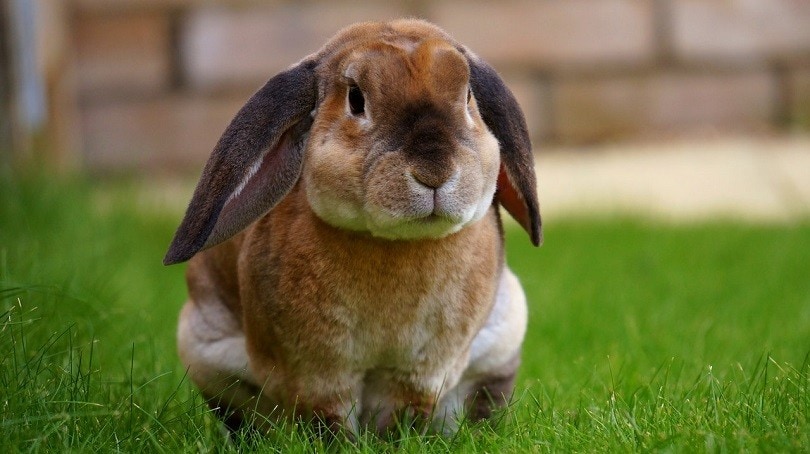
Owning A Lop Eared Rabbit
Because of the apparent link between rabbits and the Easter holiday, rabbits are often bought as a symbolic pet around Easter. Unfortunately, many of these bunnies are mistreated or wind up in animal shelters as a consequence of their rash decision. And once they’re tiny baby bunnies, they’re considerably less adoptable and much more difficult to find loving homes for. All potential owners should be sure they’re in it for the long haul and can provide this new loving devoted rabbit with a permanent home. This should be a strategic choice that has been well considered. This is not the place for hasty choices.
Nutrition
Rabbits thrive on a grass hay diet, such as oat hay, timothy, or orchard grass. Alfalfa hay should be avoided. Green leafy vegetables are also essential in the diet of rabbits. Various lettuce types (excluding iceberg), watercress, cucumbers, carrot tops, sprouts, and herbs are all good vegetable options. You may offer different fruits and veggies if you have a limited quantity. Always double-check that whatever you’re offering is rabbit-safe.
Commercial rabbit pellets are also okay, but only in little amounts, since too much may interfere with their digestion. Pellets containing any quantity of dry maize or nut components should be avoided. One of the most serious dangers to your rabbit’s health is a clogged digestive tract, and water is essential for keeping digestion going. Make sure your rabbit has access to cold, clean, and non-chlorinated water at all times.
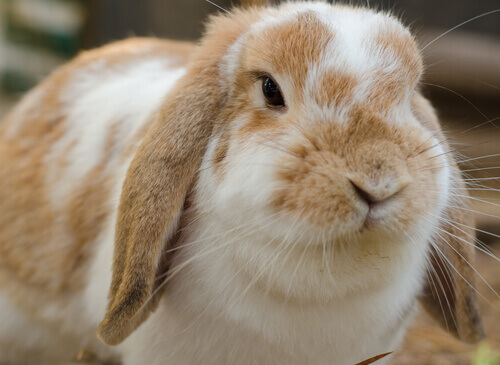
Veterinarian & Health Care
A happy, healthy lop-eared rabbit is a wonderful pet. Rabbits, like any other pet, will need regular veterinarian care. You may also need to find an exotic veterinarian, which may be costly. Regular visits to the veterinarian and the provision of nutritious food may go a long way toward ensuring your rabbit’s happiness and health. Depending on where you reside, rabbit vaccines may be needed. Spaying or neutering should be done by a veterinarian who has worked with rabbits before.
Typical Health Issues
Rabbits are susceptible to a variety of medical issues, including:
- Abdominal Stasis ( Inability to digest food or pass waste)
- Bacterial infections
- Fleas and ear mites
- Overgrown teeth
- Overgrown toenails
Not all of these problems require the assistance of a veterinarian. Some rabbit owners, for example, can keep their rabbit’s toenails trimmed. Overgrown teeth may be avoided by providing lots of chewy toys and food. It is also feasible to cure mites and fleas at home, but it is always a good idea to see your veterinarian first.


















